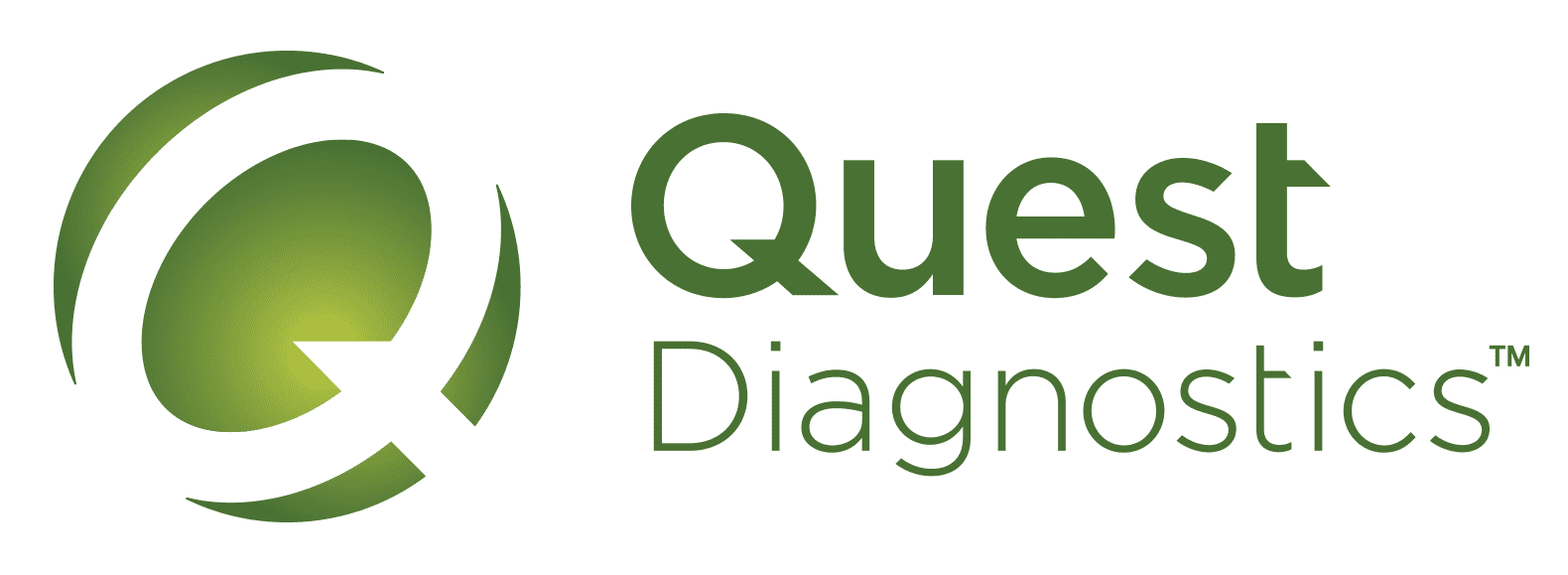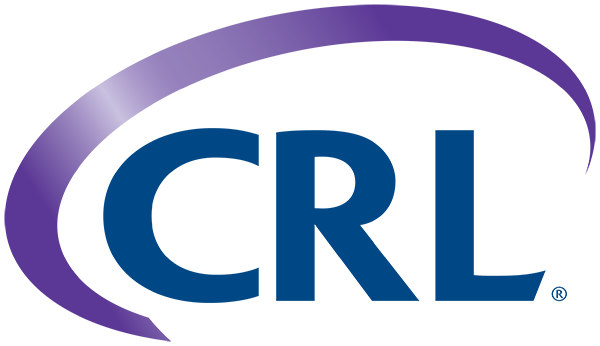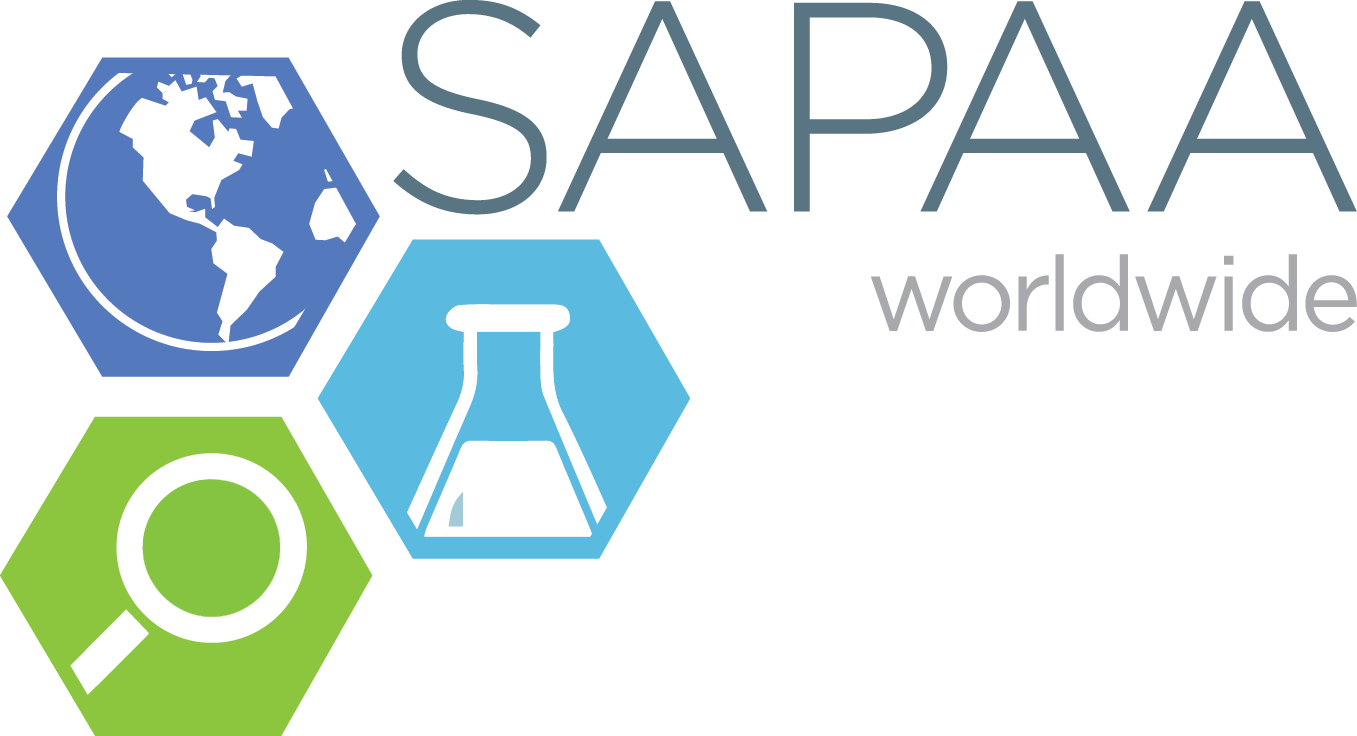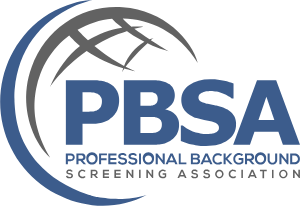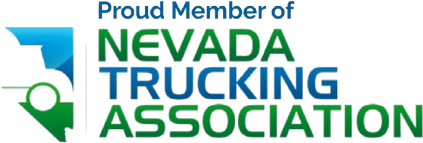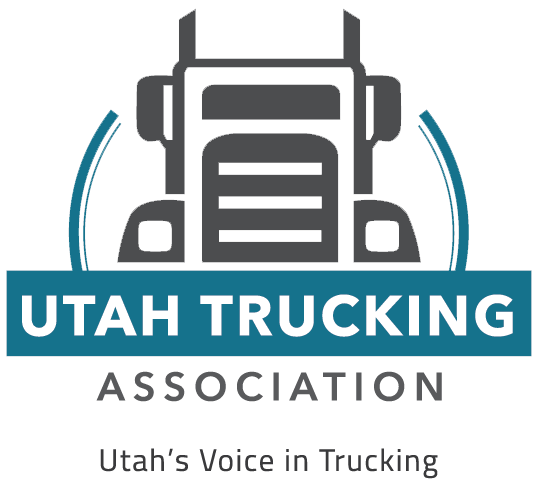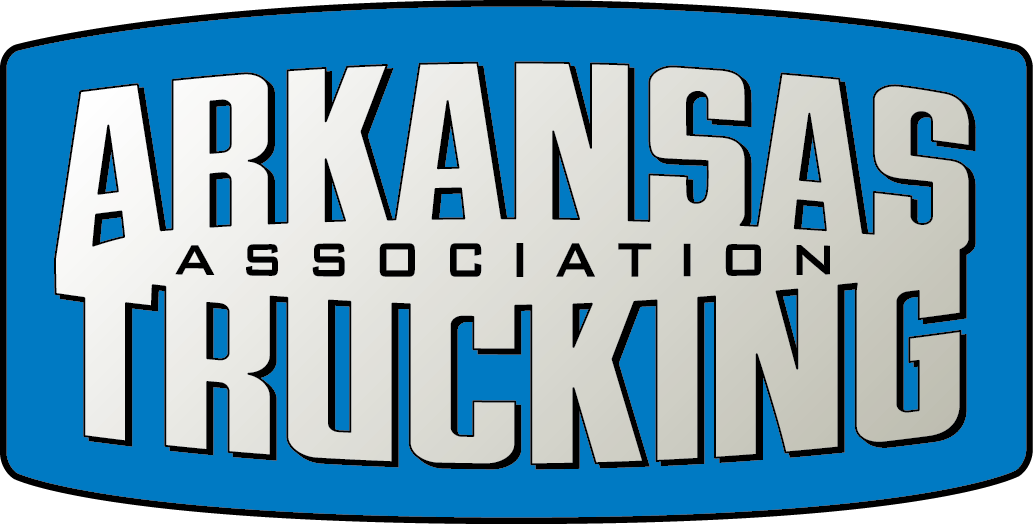US Drug Test Centers Blog
The "Bottle to Throttle" Rule: Can Pilots Drink Alcohol?
Pilots are responsible for the lives of the passengers and other crew members on their flights, and showing up to work 100% sober is non-negotiable. But what about when they're off the clock? Can pilots drink before a flight? What about flying with a hangover? In this blog, let's talk about alcohol abuse, flight safety, and what the FAA requires of its airline pilots.
What "Bottle to Throttle" Means for Pilots and Alcohol Consumption
What is the bottle to throttle rule? According to the Federal Aviation Administration (FAA), pilots should stop all alcohol consumption at least eight hours before a scheduled flight, although a much broader window of 24 hours is better. In other words, a pilot/student pilot should allow for 24 hours between their last drink and their next flight.
They also urge airline pilots to consider the effects of a hangover after drinking alcohol. Even with eight hours (or even 24 hours) from bottle to throttle, that doesn't mean you're necessarily in the right condition to fly. Fatigue and slow reflexes might impair flying skills and mean that you cannot safely fly. Note that typical tricks like chugging water, drinking black coffee, or taking cold showers won't affect your blood alcohol concentration. These things won't change the way that the body metabolizes alcohol.
What is the Required Blood Alcohol Concentration for Pilots?
14 CFR § 91.17 states that any flight crewmember is prohibited from operating or even attempting to operate a civil aircraft if they have a breath alcohol concentration of 0.04 or above. If their blood alcohol content is over the legal limits, it will be reported to the FAA Drug Abatement Division.
While thankfully, the rates of failed drug and alcohol tests for pilots are fairly low, anything greater than zero is not ideal. In early 2024, a Delta pilot was sentenced to 10 months in prison for attempting to fly under the influence of alcohol. The pilot was found with two bottles of alcohol in his bag, and one was only half full. After surpassing the legal limits for blood alcohol content, the flight was canceled and the pilot was terminated and eventually sentenced.
In 2024, a different flight from Dallas to Tokyo was canceled after the pilot spent a good portion of the day drinking and exhibited disruptive behavior the day before his flight. Local law enforcement was eventually called, and passengers ended up being rerouted to other flights.
Thankfully, these pilots were stopped before anyone could get hurt. However, imagine what would happen if a pilot were to consume alcohol and get into the cockpit of an aircraft undetected. Substance abuse by an aircraft pilot can cost countless lives. Even "just a few drinks" can be deadly.
What Type of Alcohol Testing is Required of Commercial Pilots?
The bottle to throttle rule of thumb isn't the only thing pilots need to be aware of.
DOT and FAA regulations, along with the Omnibus Transportation Employees Testing Act of 1991 and in compliance with 14 CFR Part 120, require drug and alcohol testing of aviation employees operating in safety-sensitive positions.
If there is reasonable suspicion of alcohol or drug abuse — meaning a pilot displays behavior indicating they might be impaired — then they must undergo a reasonable suspicion drug and alcohol test.
In addition, FAA rules state that random testing must be a part of your drug and alcohol program. All FAA-covered employers and employees who perform safety-sensitive responsibilities are required to be enrolled in a random drug and alcohol testing pool (also known as a consortium), where they are eligible for random selections throughout all four quarters of the year.
Employers are required to select employees using a scientifically valid method, ensure that all employees have an equal chance of being tested when selections are made, test selected employees unannounced, spread random testing throughout the year, and meet the FAA's minimum annual percentage rate, which can be updated yearly and is based on the reported positive rate for the whole industry.
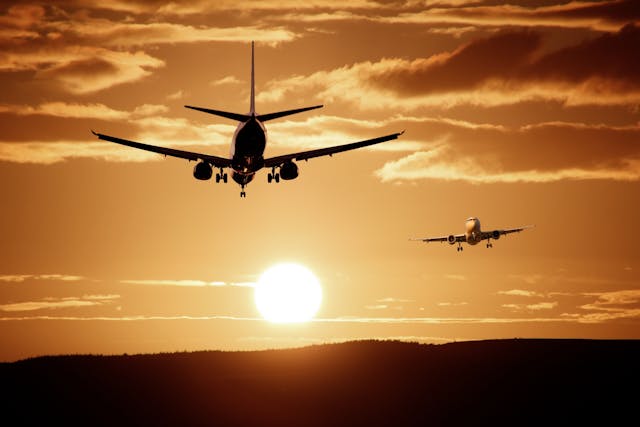
The current FAA rates are 50% for drug testing and 10% for alcohol, annually.
US Drug Test Centers makes random testing easier than ever. Enroll in a consortium in either a standalone random program or in a pool with other companies (perfect for owner-operators). With the latter option, once the required random testing percentages are met (again, 50% for drugs and 10% for alcohol), all companies in the drug test consortium are considered in compliance.
Consortium enrollment is vital not only because it is a requirement of the DOT and FAA, but it can also save your company money and time. Avoid fines of up to $10,000 per occurrence and out-of-service violations by enrolling and ensuring you are in compliance.
Maintaining Flight Safety on Your Aircraft
The bottle to throttle guideline will help you stay sober before flying, but do remember that there are many variations at play. We might all respond to a standard drink differently. The elevation you're at, what you've consumed prior, your weight, and how dehydrated you are can also play a role in how an alcoholic beverage impacts you.
Even if it's been a full 24 hours since your last drink, if you have even a shadow of a doubt that you're fit to fly, speak up!
US Drug Test Centers helps DOT companies and owner-operators manage their random drug testing programs to ensure complete compliance. We have more than 20,000 testing locations around the nation ready to serve your employees. Same-day service is available for both consortium and stand-alone pools, as is mobile drug testing. A suspected violation can be incredibly costly in more ways than one. Together, we can keep substance abuse problems out of our aircraft. Learn more about enrolling in a DOT consortium for random drug testing with US Drug Test Centers.

